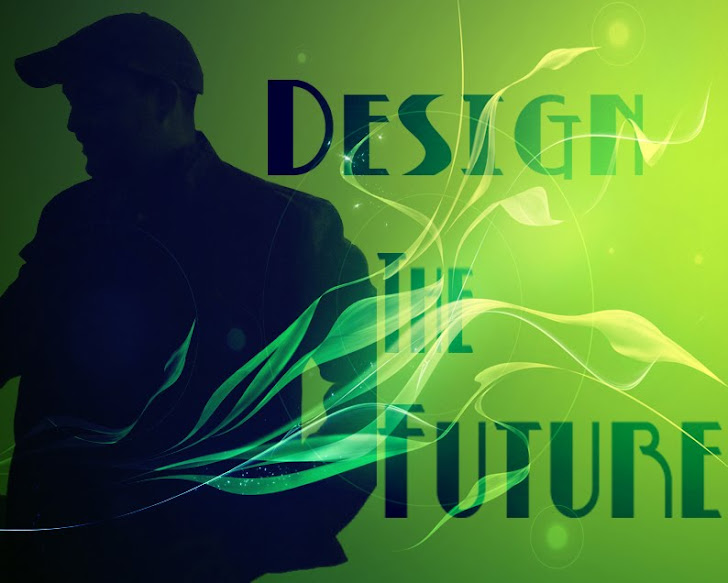This post actually comes from a suggestion of a friend, something they believed would be interesting to read, and will hopefully allow for a bit more insight into just who is writing this.
What inspires me, personally, as an artist, and motivates me to pursue this particular career.
I believe the heart of my answer would have to be the infinite capacity of people and places. What, is that too vague and unclear? Okay, let me try to explain.
Starting with places, I am not simply inspired, but awed, by the world we live in. I have been very fortunate in my life to have traveled and seen a wide spectrum of sights already. I have seen different cities from London to Tokyo, and natural beauty from Thailand to Ireland. What amazes me is how in my young life, how easily it has been for me to travel to these places, and how they all exist on the same world. The more I see (and will continue to see for the rest of my life), the more I fall in love with planet Earth. The natural beauty, combined with the manifestations of human will have created a spectacular sight. Personally, however, I keep coming back to how incredible it is that all of these places, which could not be more varied, all exist together. On top of that, each place means a million different things to each person-no two people are truly experiencing the same world. Some see significance, some history, some live on the surface without taking in their surroundings, and so on. The more I think about the world, and our ability to perceive it, the larger my own perceptions grow to attempt to take it all in, and the more profoundly thankful I am to be a part of it.
Following this idea, I would not have a world to be moved by if not for the people who shape and inhabit it. Just as the world can be seen and experienced as an infinite number of places, there exists this same, infinite capacity inside every person. Simply put, every second of every person’s life is filled with a near-infinite number of choices. Without going into the world of science fiction and comic book-parallel worlds, what this means to be is that we have an infinite number of chances to be amazing. True, most decisions are things like, “blink now,” or “turn right instead of left,” but there still remains the possibility that at any moment, each of us has the ability to do something spectacular. I choose to focus on the times when people behave magnificently, not because I am blind to the cruel and darker nature of the world -the atrocities and injustices that are occurring globally- but because each time a person does something good, it carries the ability to resonate. We empathize with the terrors of the world, and feel terrible, but when we see an act of kindness, it provides hope that truly can connect with us. So, in every second, of every day, every person-even those we look at as evil or monstrous-have the infinite potential to do something truly inspiring. That is how I choose to see people, as an infinite source for the amazing.
These are the things that keep me going. In terms of more literal inspiration, I could never pin down a list of what inspires me as an artist. Sometimes a deer in my yard is an annoyance, and another day, I could see that deer and smile, and want to capture the moment in a picture or painting. The world, and the people in it, offer continuous and infinite inspiration to me.
That is inspiration, is my motivation. On a planet with an infinite number of worlds, I am lucky enough to have a career in which I get to create and add more. I hope that, in my life, I make the most of each moment, and do inspiring work that makes as many other people as possible connect with something deeper, something good.
In a nutshell, I believe that “inspired design…inspires.”
Infinitely.
Oh, and since this is a long and personal post-here are funny pictures of me as a kid.
 |
| Meeting the Red Ranger...in Japan. I'm the one he's holding, not the one making the stupid face. |
 |
| Riding an elephant. In Thailand. Cool, right? |









